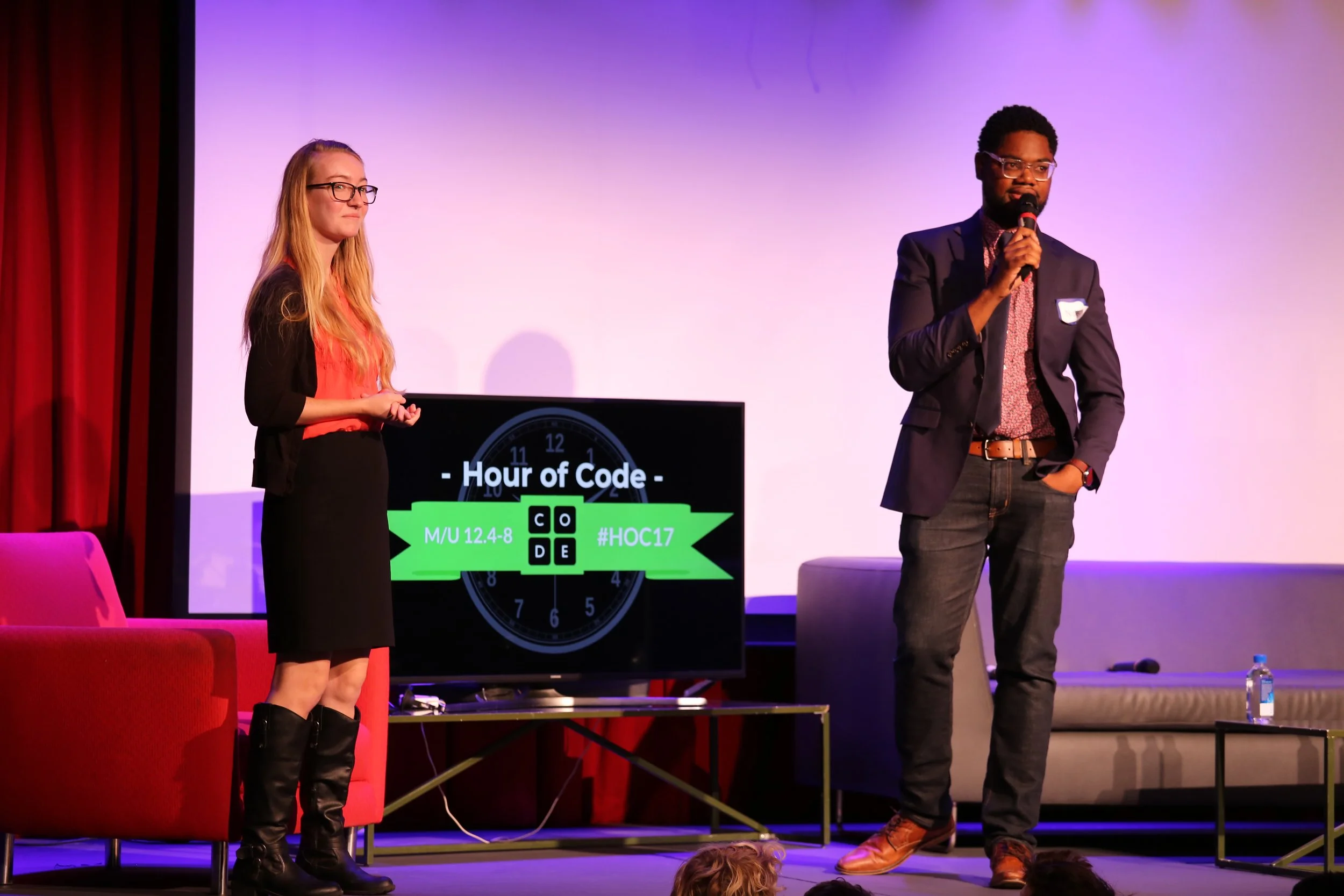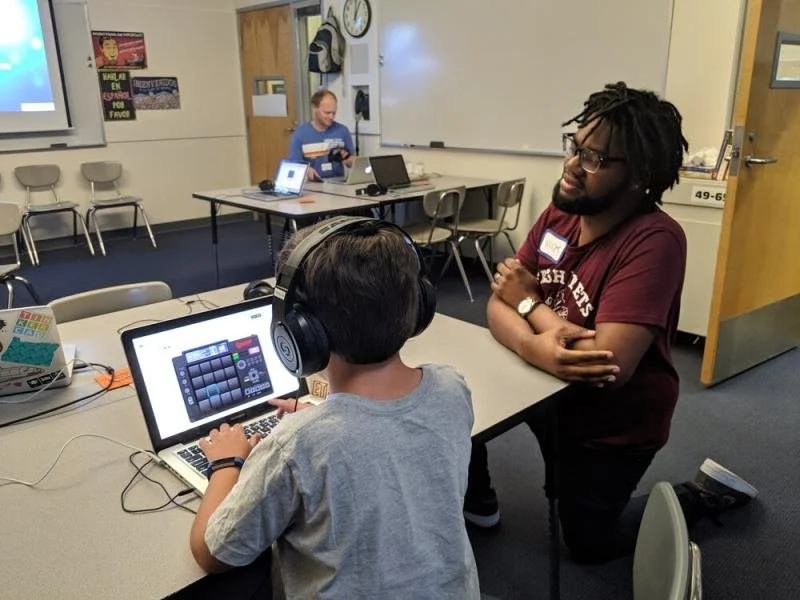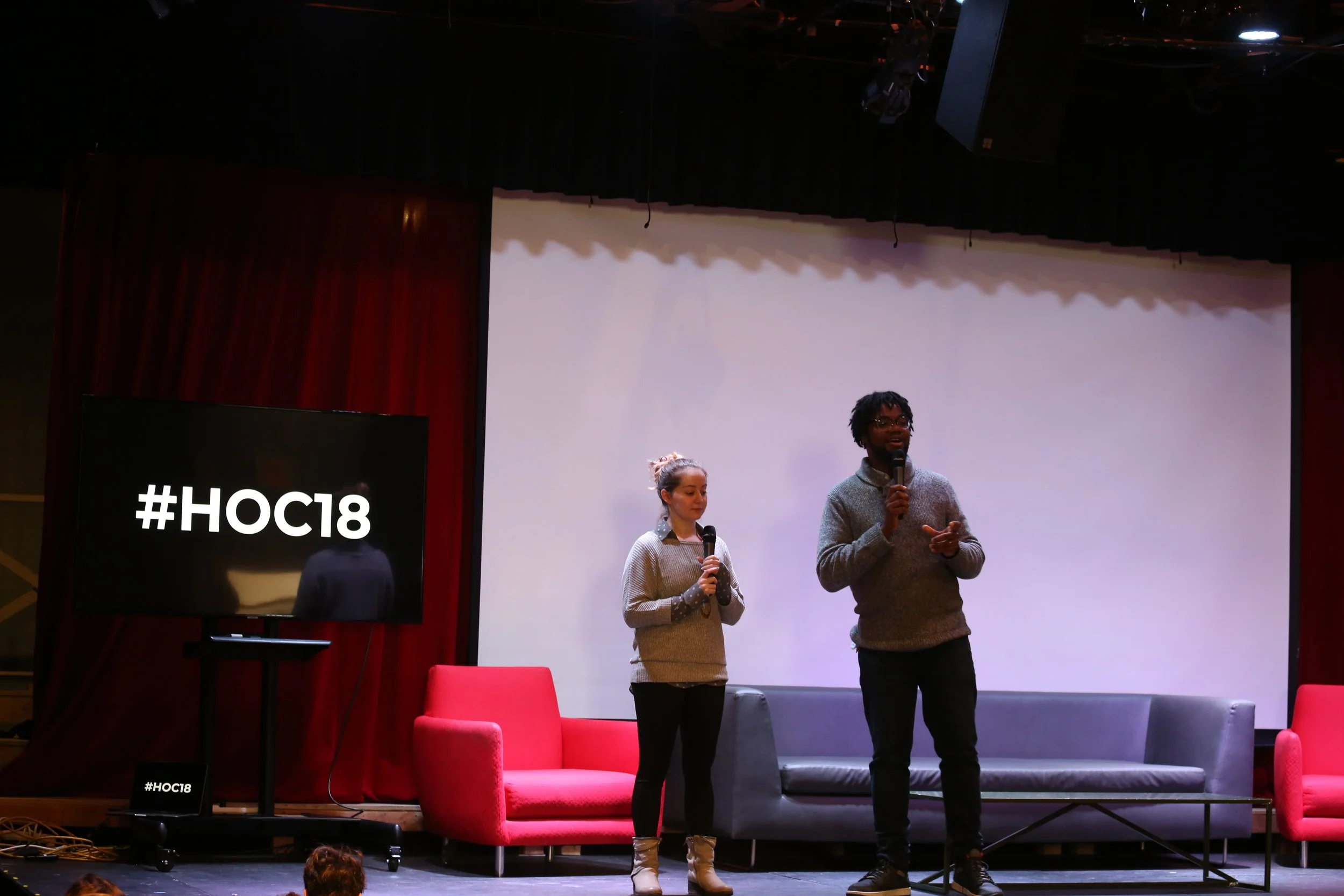Curriculum Design
Futures Lab
The Futures Lab was a full program redesign of Wildwood School’s lower school innovation space, formerly known as the Tech D.E.C. (Discover, Explore, Create). Originally built through a generous grant, the space introduced students to robotics, coding, design thinking, and maker technologies. As part of my transition into a director-level role, I was tasked with elevating the program—refocusing it around purpose, access, and real-world impact.
I rewrote the curriculum to center on the United Nations Sustainable Development Goals (UN SDGs) and Wildwood’s internal DEI framework. Students explored tools not just for exploration, but as a means to understand and address real problems in their communities and the wider world. In fourth grade, students earned certification badges in maker technologies like 3D printing and laser cutting—after demonstrating both skill and care. These certifications prepared them to operate the equipment independently in fifth grade, where they ran a student-led print shop that fulfilled design jobs from faculty, staff, and peers.
The lab also served as a flexible space for interdisciplinary projects, where students and teachers could prototype ideas, test tools, and bring concepts to life. Throughout the program, lessons in digital literacy and wellness were woven into the experience—helping students develop both the technical skills and ethical awareness they’d need for their upcoming 1:1 laptop transition in sixth grade.
Merge Quest: A Gamified Onboarding to Digital Literacy
Merge Quest was a required sixth-grade course designed to prepare students for the leap from classroom iPads to our 1:1 laptop program. As students entered middle school, the class served as a digital bootcamp—teaching foundational tech skills, media literacy, and healthy digital habits.
To make the experience engaging and memorable, we built a fully themed curriculum: students were recruited as operatives in an elite program tasked with helping humanity consciously “merge” with machines. The curriculum was gamified with original digital badges, a custom course soundtrack, and an immersive onboarding video.
Students progressed through self-paced modules covering file management, Google Workspace tools, research skills, and digital citizenship, earning badges as they advanced. Class time balanced independent work with structured discussions around wellness, misinformation, and identity in tech spaces. Equal parts orientation and storyworld, Merge Quest equipped students not just with digital fluency—but a sense of purpose in how they engage with technology.



























